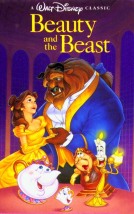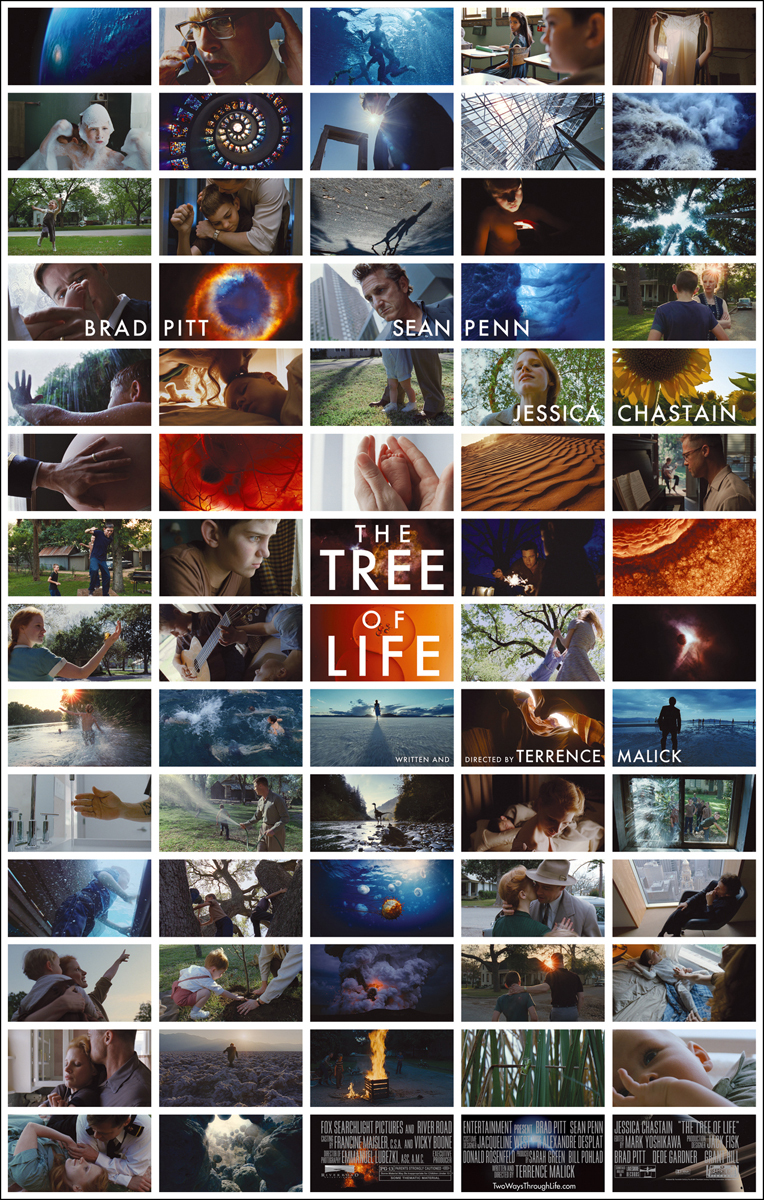
I was 3 years old when it first happened. My parents told me it would be a fun experience, if only they had known what they were unleashing. I remember walking into a large foyer with people everywhere, shining lights, long queues, the smell of what I later learnt was popcorn, the buzz of excitement around me as a man took small pieces of paper from my parents and directed us down a dark corridor. I can still see those weird short films, all tagged with the words ‘COMING SOON’. And I definitely remember that large screen, that all encompassing screen that I swore was going to eat me alive. But I didn’t know what was happening, nor where I was. I was sitting in this large room, crammed full of other kids and their parents, wondering what was going to happen. And then I saw this:
From that moment on I have been stuck.
To say that The Lion King (1994) ignited my love of films is understatement. The Lion King (1994) not only showed me, a shy 3 year old boy, the creative power of the cinema but it exposed me to the beautiful world that is Disney animation.
I can safely say that Disney animations played a major part in defining my childhood. I would watch Aladdin (1992) on repeat until my parents could nearly act out the entire film. I fell in love with the colourful characters and gothic yet magical settings of Beauty and the Beast (1991), while joyfully singing ‘Be Our Guest’. I believed that maybe gorillas and humans could live together in harmony, after I watched Tarzan (1999). And yes, I was stupid enough to think that maybe my toys did come alive when I left the house after experiencing the wonders of the digital animation through Toy Story (1995).
Its now 17 years later and I am still obsessed with Disney animations and the way they made me feel as a child. However, these movies and memories would never have been possible if it wasn’t for the amazing legacy that Walt Disney created and inspired throughout this lifetime of work within the animation genre. But why has Disney been so successful in creating animations that engaged and connected with audiences the world over?
To understand why we need to look at the man behind the mouse ears. And to learn about Walt Disney you need to go back to where it all begun, back before animations were released every summer for mass consumption. Back before animations were really appreciated for the artworks that they are. Back to 1928
Walt Disney begun his animation career with classic short silent films, such as ‘Plane Crazy’ (1928) and ‘Steamboat Willie’ (1928) which introduced the world to his delightful brainchild Mickey Mouse, a character now universally recognized and loved all over the world. These simple animations were created on a shoe-string budget and engaged audiences for a mere 5-10 minutes before the real feature begun. However, they were still able to engage and inspire audiences, through their ability to create worlds and stories that illustrated true creativity.
Even though these short films were adored by audience members, they were still only viewed as a side attraction to the main feature. It was not until Walt Disney made the ambitious move to turn the beloved Grim Brothers’ fairy-tale, ‘Snow White,’ into the world’s first feature animation that audiences and studios begun to view it as possible feature film projects.
Though the film was continually marked with problems, including a three year delay due to financial problems which almost sent Disney into bankruptcy. Studio executives begun to believe that maybe Disney’s dream of a feature length would be nothing more than a fairy-tale. However, Disney never gave up on his dream and, eventually, after much passion and determination Snow White and her seven little friends came to live at the Carthay Circle Cinema on December 21, 1937:
 Snow White and the Seven Dwarfs (1937) blew audiences away, making $8 million dollars at the US box office in 1938 and becoming the most successful movie of the year. From that moment on audiences and cinema executives everywhere saw the power of animation and the was changed forever.
Snow White and the Seven Dwarfs (1937) blew audiences away, making $8 million dollars at the US box office in 1938 and becoming the most successful movie of the year. From that moment on audiences and cinema executives everywhere saw the power of animation and the was changed forever.
In Walt Disney’s own words:
“Animation offers a medium of story telling and visual entertainment which can bring pleasure and information to people of all ages everywhere in the world”
This became the mantra for Disney and his animation empire, as he developed stories and movies that is entertained and educated audiences simultaneously.
In the 30 years after Snow White, Disney worked as the creative genius behind numerous classics, including Cinderella (1950), Alice in Wonderland (1951), Lady and the Tramp (1955) and Sleeping Beauty (1959), that engaged audiences worldwide with their unique characters and symbolic interpretations of life and its various meanings. Even before his death from lung cancer in 1966, Disney continued working to create new and creative stories that would be loved by millions of people. The last film that he was involved in turned out to be timeless classic The Jungle Book (1967).
Even though his tragic death may have limited his creative potential, it was his belief in the power of animation that allowed new animators to step forward into the Disney empire, creating stories, characters and music that have defined movie goers for generations.
When looking back over my own experiences with Disney animations, I can’t help but think about the timeless lessons that I have learnt and continue to learn through the tales of romance, friendship and self belief that these films all embody.

Beauty and the Beast (1991) taught me the importance of inner beauty and the power of true love. Aladdin (1992) showed me that everyone makes their own lucky (but it helps if you have a Genie). The Little Mermaid (1989) and The Lion King (1994) conveyed the importance of believing in yourself and following your own destiny, regardless of what the world is telling you.
Even more recent Disney animations have retained Disney’s central ideology that these films must entertain and educate audiences. For example, Pixar’s Up (2009) confronted the issues of grief and loss, after its lead character, Carl, loses his wife to old age. Even this years Academy Award winning Toy Story 3 (2010) entertained audiences with classic Disney Pixar characters, while showing theemotional side of growing up and moving on.

Disney films have always had the ability to generate films with so much heart and soul that you forget what you are watching was either drawn by hand or crafted on a computer screen. For the 90 minutes for which you are in their world, they are real. And I think that is why Walt Disney and his empire has remained so international successful and engaging for adults and children. Disney films are about transporting audiences to worlds and locations beyond their wildest dreams, while confronting issues that can be related back to their own lives.

Walt Disney’s legacy has defined the childhoods of millions of people around the world, and is something that cannot and should not be forgotten. I think every person owes a great deal of gratitude to Mr. Disney, because if it was not for his unique ambition and innovation then we would never have seen the true influence and beauty of this genre.

So when the time comes for me to take my (now non existent) children to the cinema for their first movie, I can comfortably selected a Disney animation and know that my children will be given the same experience I was given back in 1994. Disney animation has evolved and developed, but the deeper messages behind these films has remained constant since ‘Steamboat Willie’ (1928). Walt Disney wanted to entertain and educate children and now, 80 years later, his empire and legacy is still doing just that.

